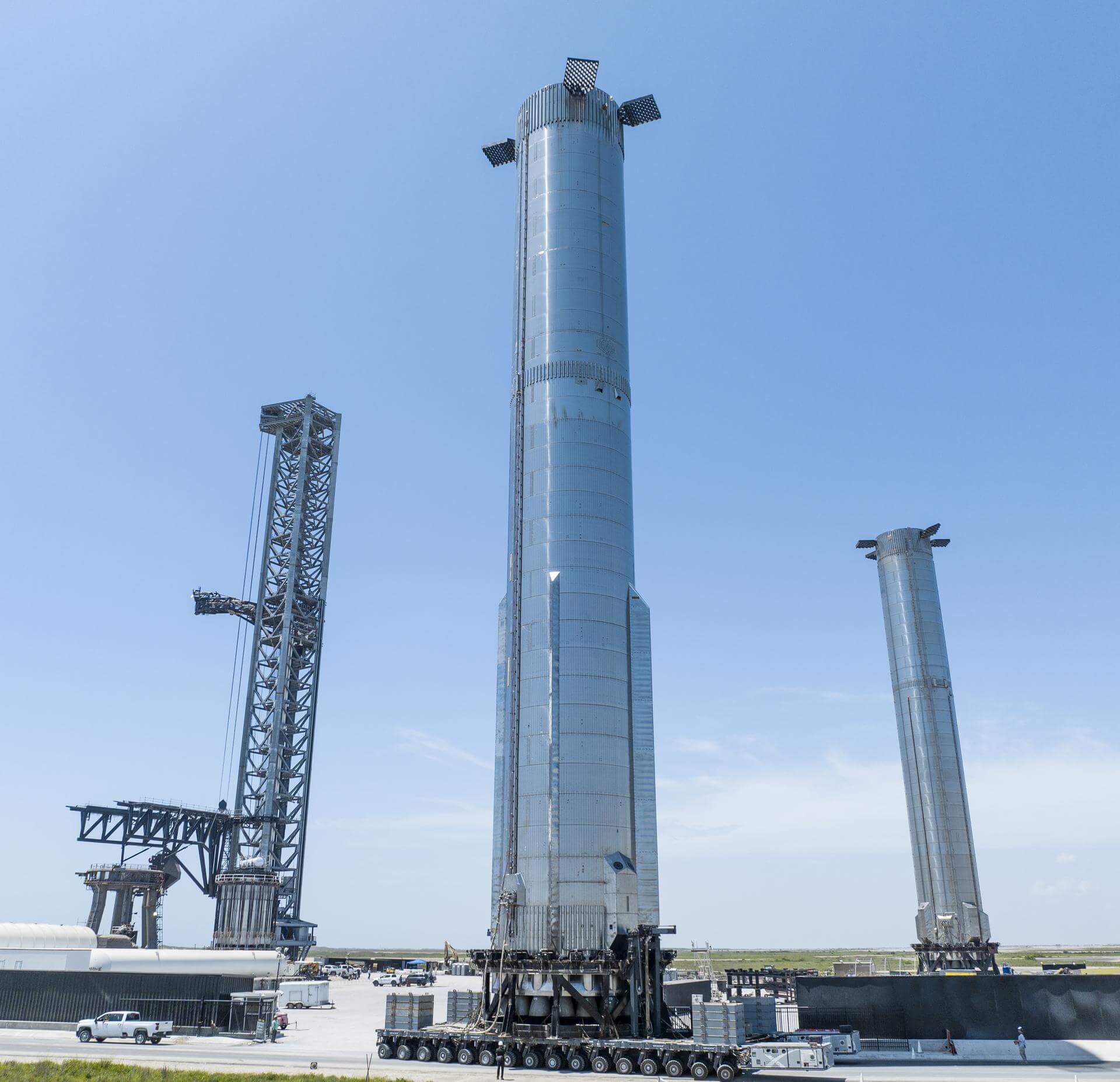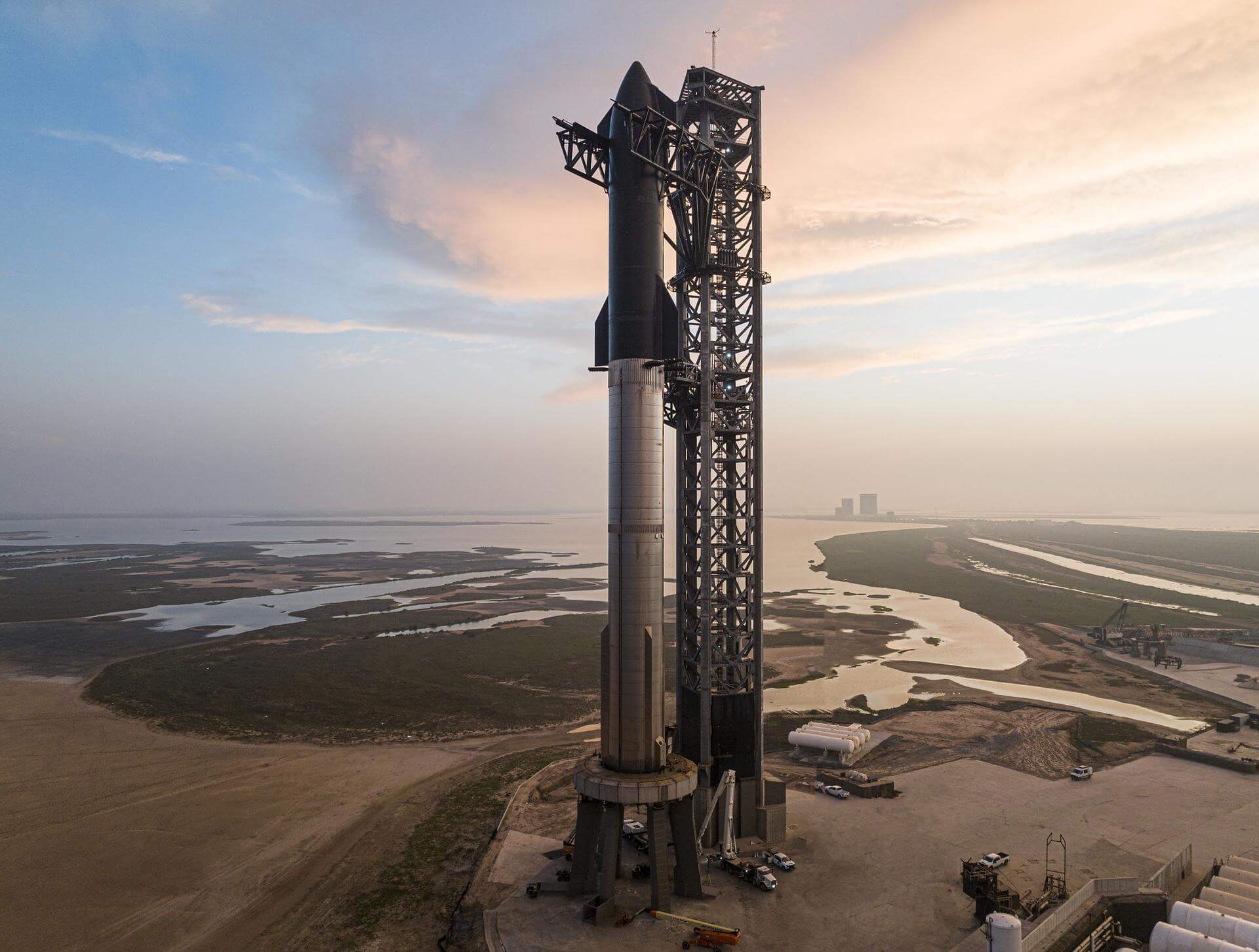
Starship - Booster 7
Details
Status - Destroyed
Booster 7 is the first Super Heavy booster with 33 Raptor 2 engines and was used for the first Starship integrated flight test with Ship 24. Lost in a launch failure.
Starship | Integrated Flight Test
SpaceX | United States of AmericaSpaceX Starbase, TX, USA
April 20, 2023, 1:33 p.m.
Status: Launch Failure
Mission:
Maiden flight of the two-stage Starship launch vehicle. The booster was supposed to separate 170 seconds into flight and return to land approximately 32 km off the shore in the Gulf of Mexico. The second stage would have followed a suborbital trajectory and performed an unpowered splashdown approximately 100 km off the northwest coast of Kauai (Hawaii). A launch failure was experienced before stage separation.
Suborbital Booster 7 - Maiden Flight Gulf of MexicoElectron
Don't Be Such A Square (STP-S30)
Rocket Lab Launch Complex 2 (Launch Area 0 C) - Wallops Flight Facility, Virginia, USASTP-S30 is a complex mission that will deliver research experiments and technology demonstrations to orbit for the DoD and contribute to future space…
Falcon 9
Starlink Group 15-13
Space Launch Complex 4E - Vandenberg SFB, CA, USAA batch of 27 satellites for the Starlink mega-constellation - SpaceX's project for space-based Internet communication system.
Falcon 9
Starlink Group 6-99
Launch Complex 39A - Kennedy Space Center, FL, USAA batch of 29 satellites for the Starlink mega-constellation - SpaceX's project for space-based Internet communication system.
Ariane 62
Galileo L14 (FOC FM33 & FM34)
Ariane Launch Area 4 - Guiana Space Centre, French GuianaPayload consists of two satellites for Europe's Galileo navigation system.
Atlas V 551
Amazon Leo (LA-04)
Space Launch Complex 41 - Cape Canaveral SFS, FL, USAAmazon Leo, formerly known as Project Kuiper, is a mega constellation of satellites in Low Earth Orbit that will offer broadband internet access, thi…


